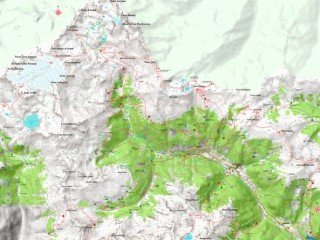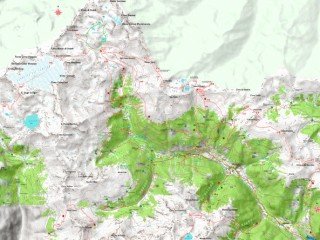 Nothing takes the place of scouting an area with your feet on the ground. Conversely nothing takes the place of studying maps in the offseason to find new potential hunting grounds.
Nothing takes the place of scouting an area with your feet on the ground. Conversely nothing takes the place of studying maps in the offseason to find new potential hunting grounds.
Hunting is a relatively fast paced sport, relative to changes in the landscape and hunting lands. Even excellent hunting grounds, however do change over time. Areas that…








